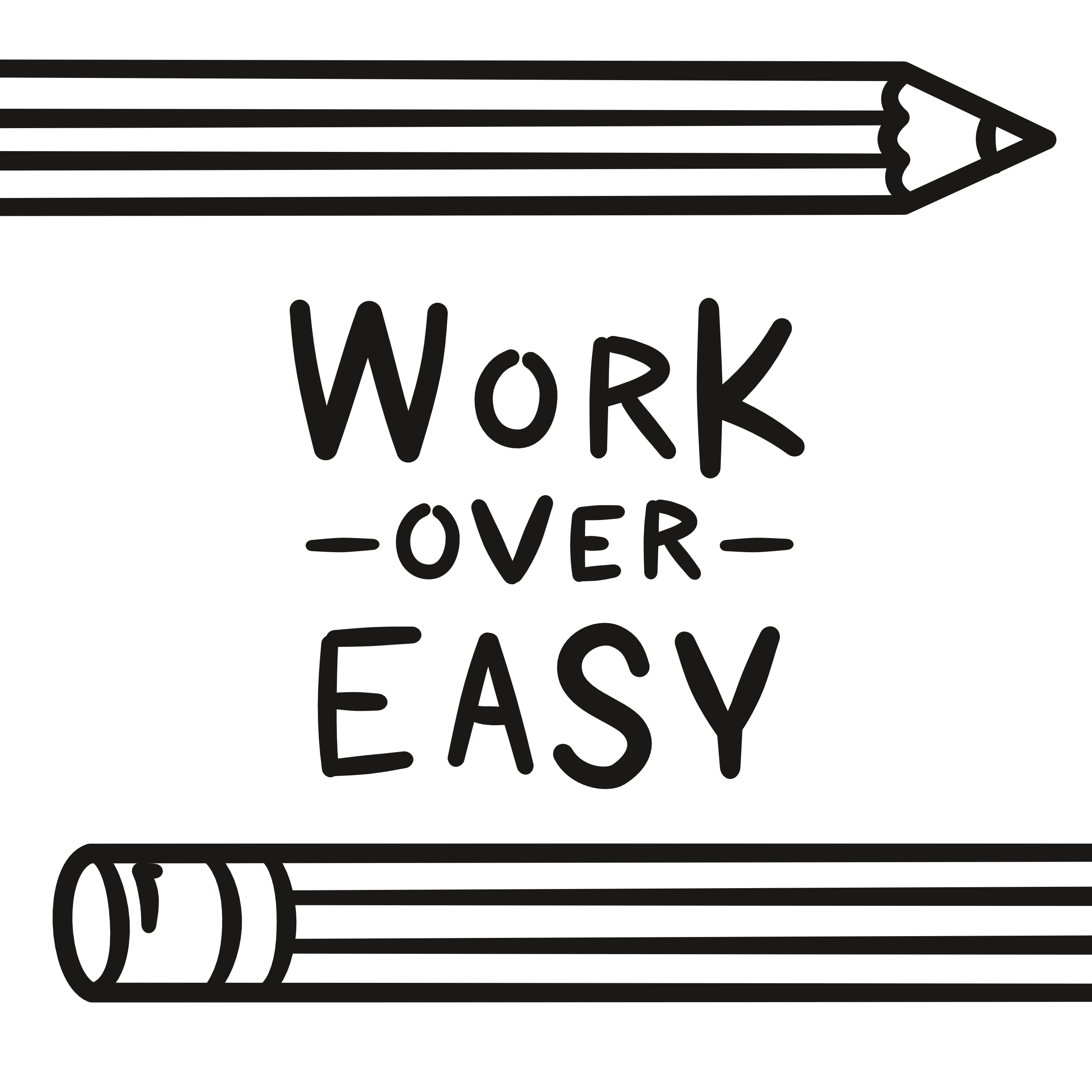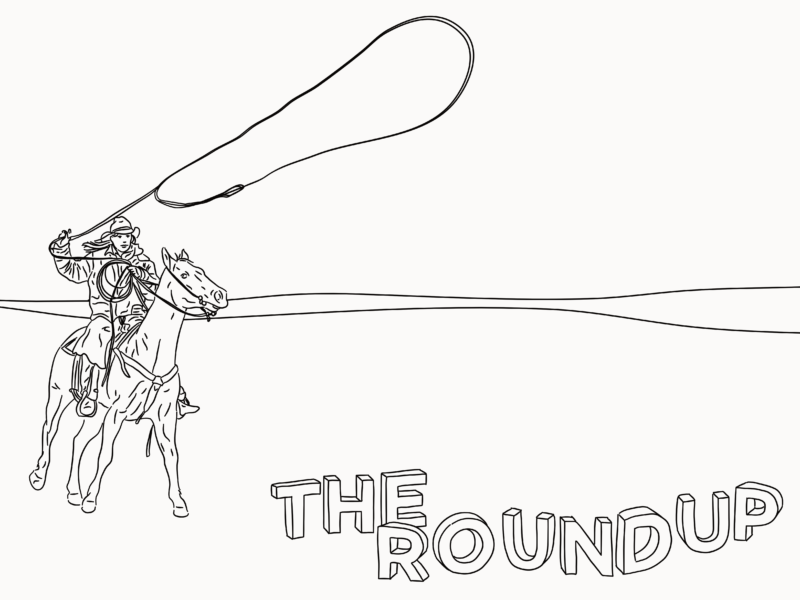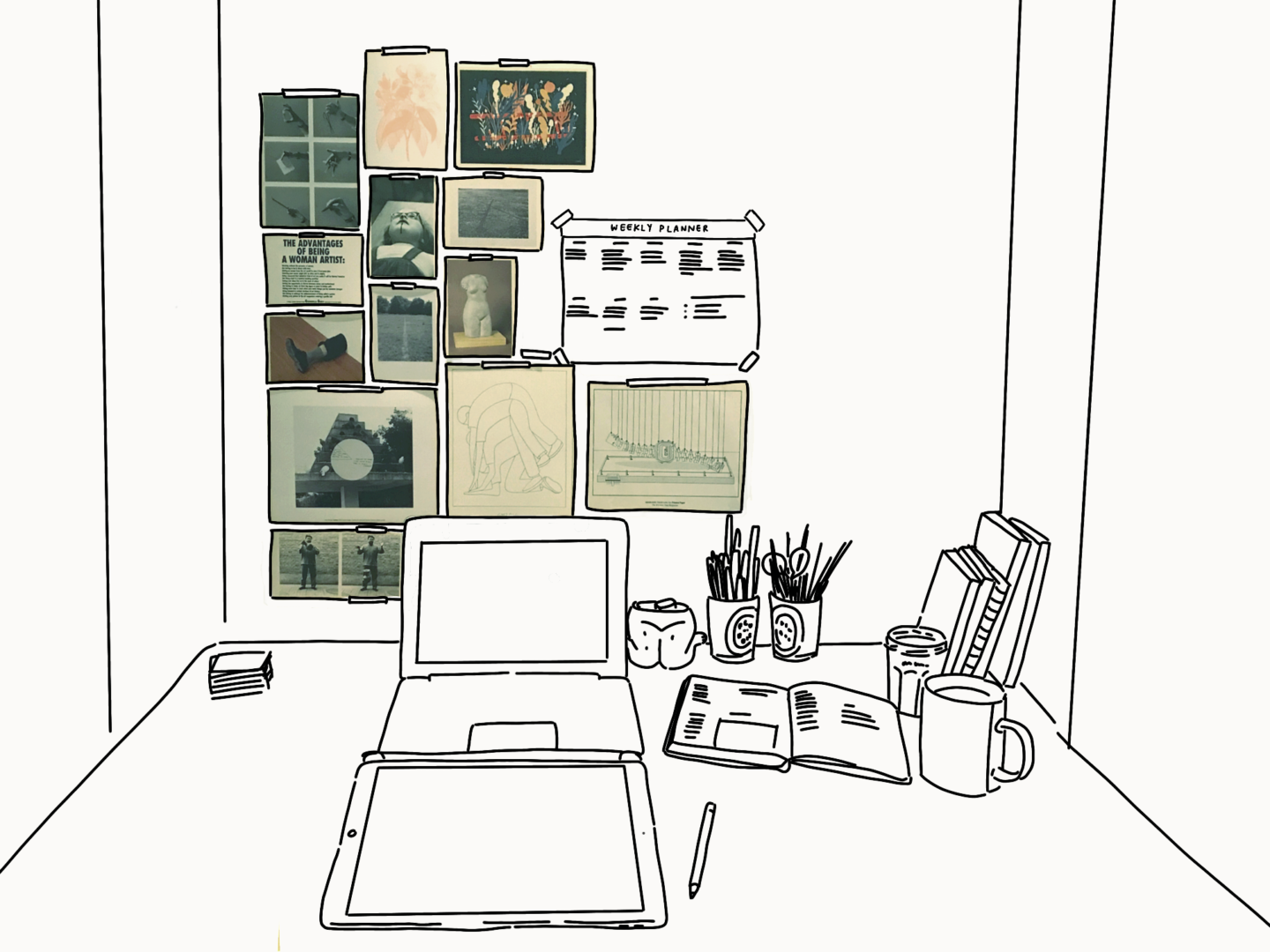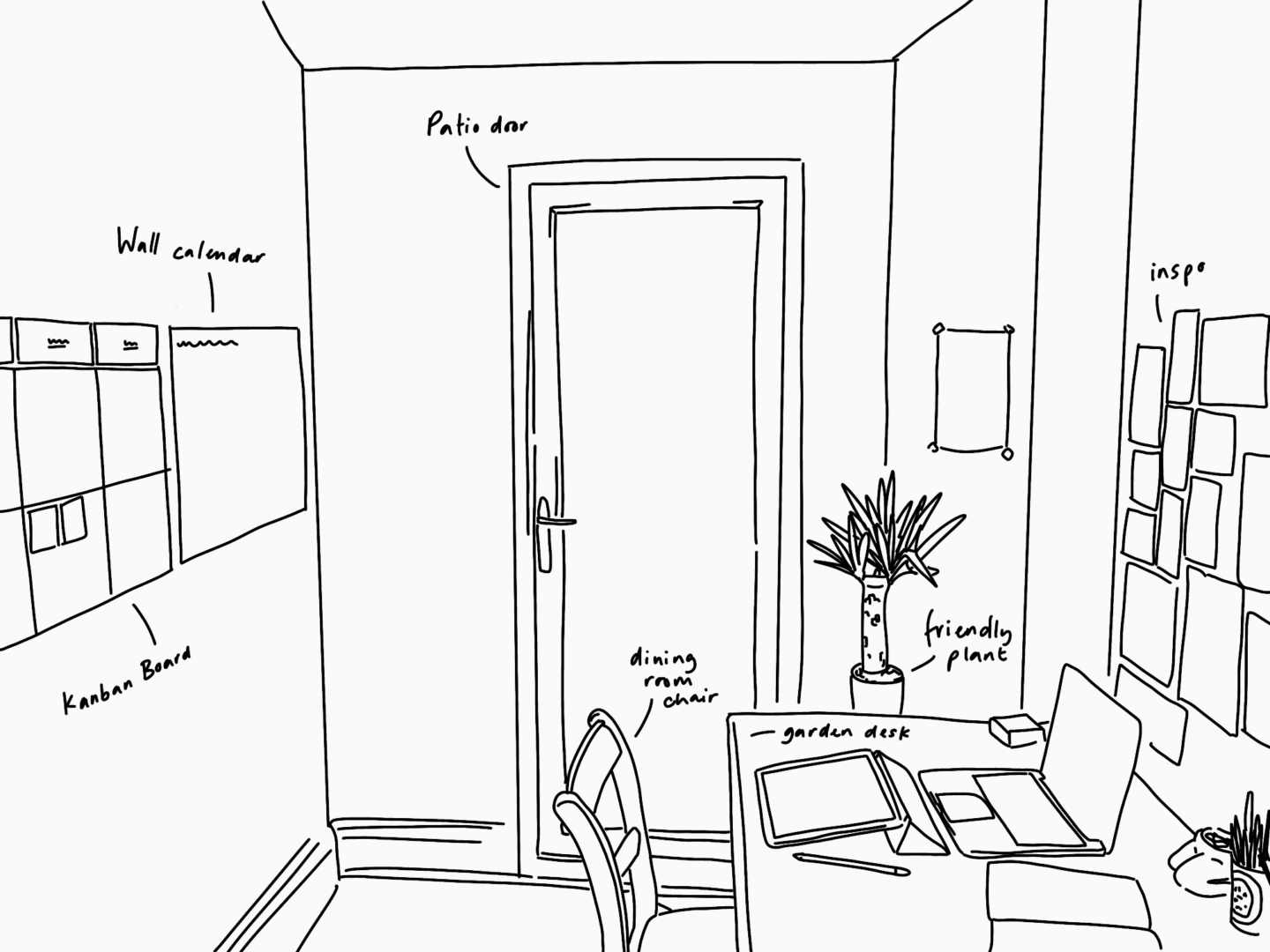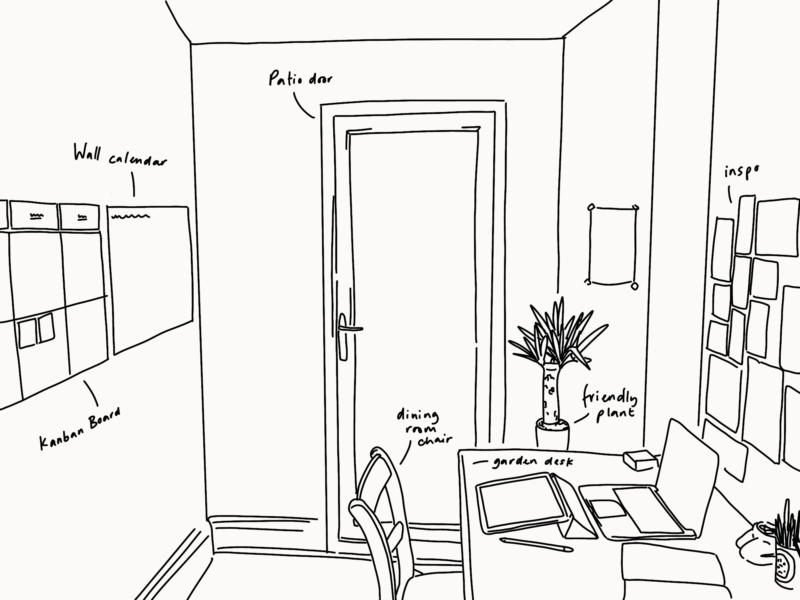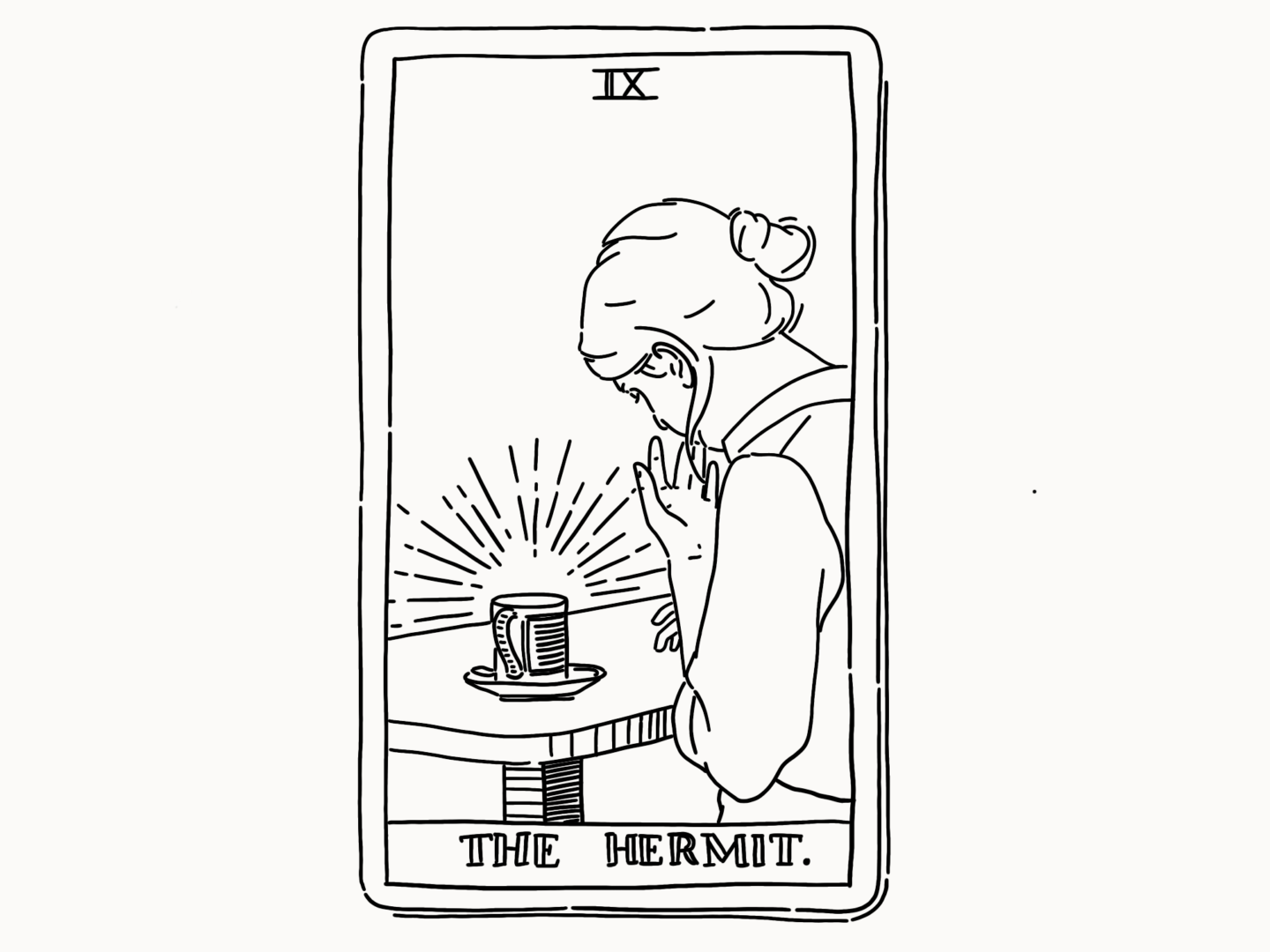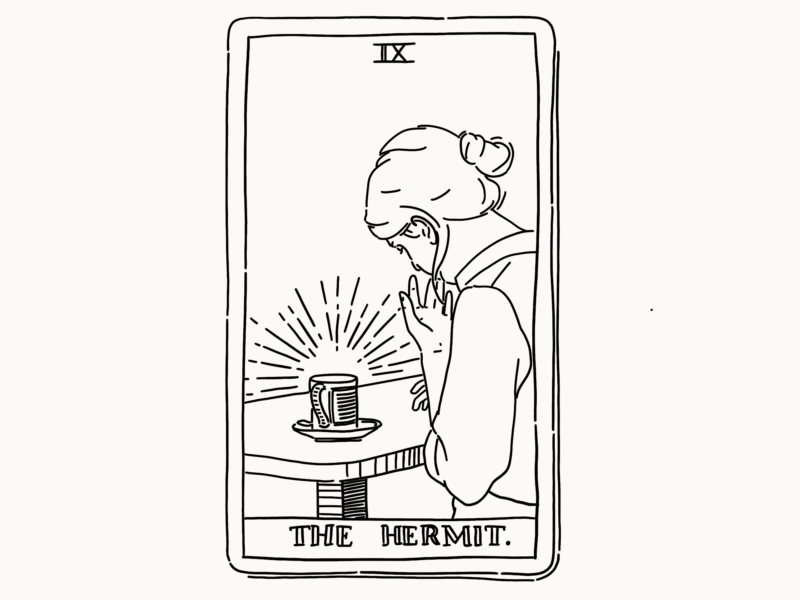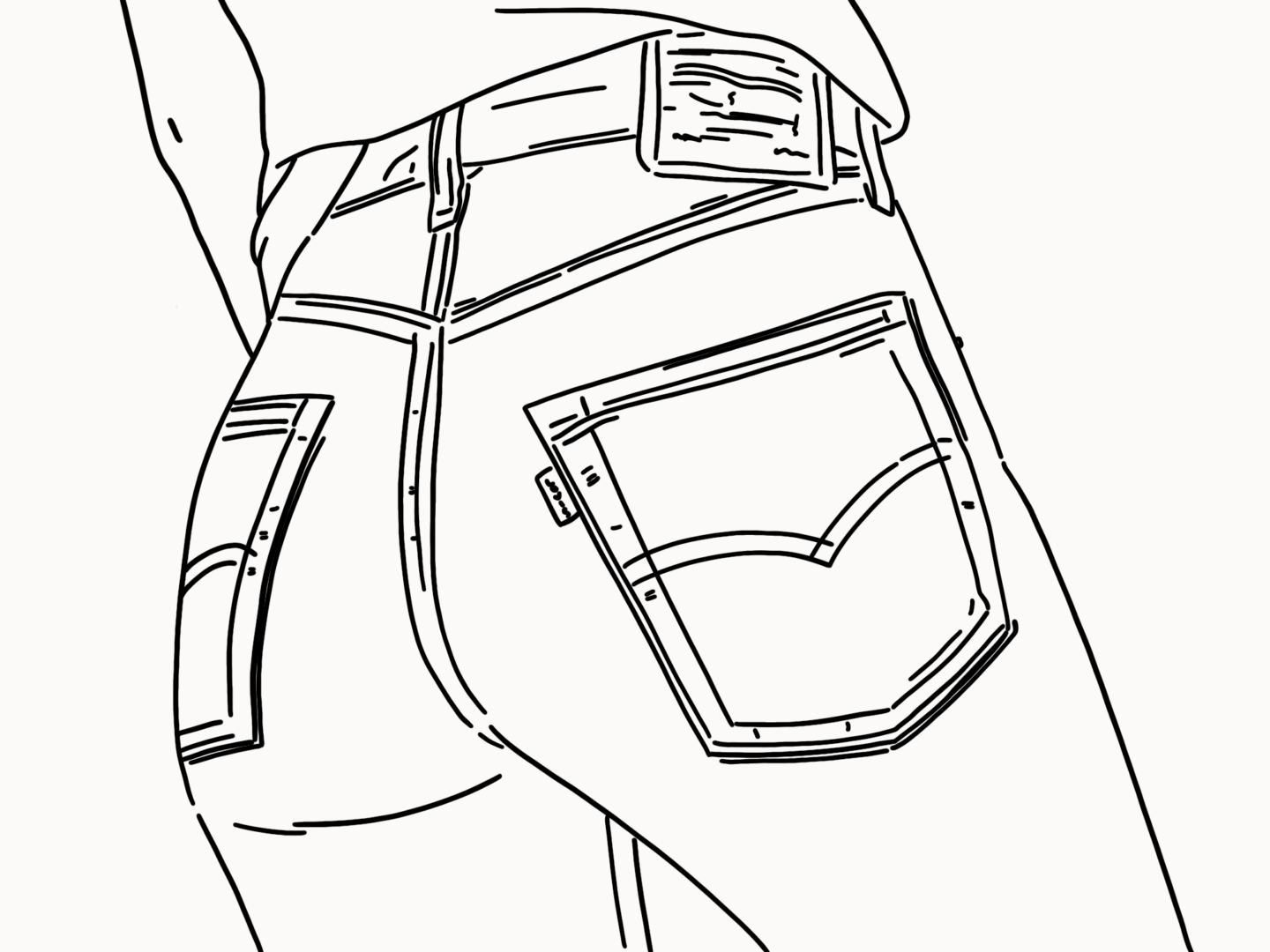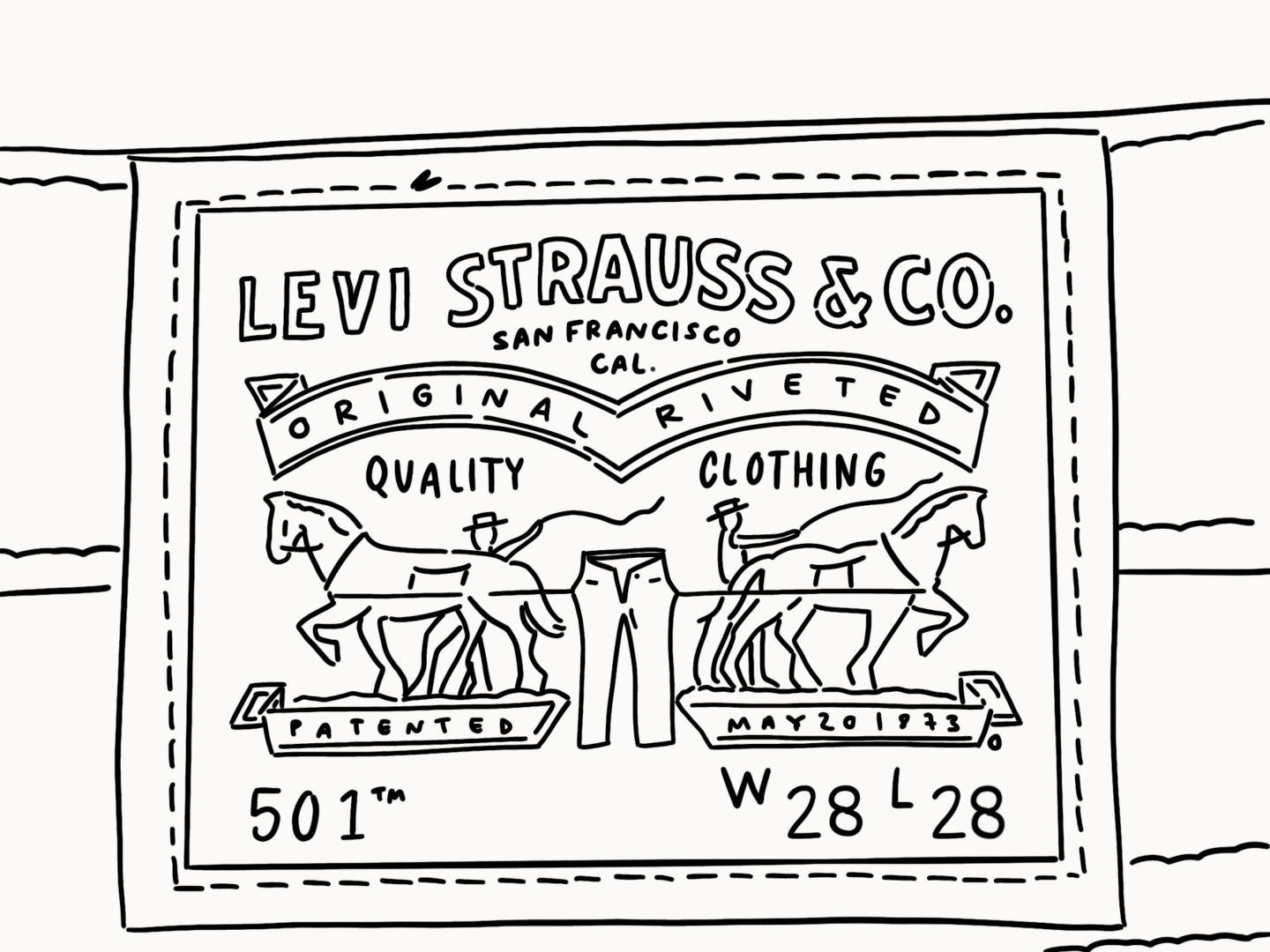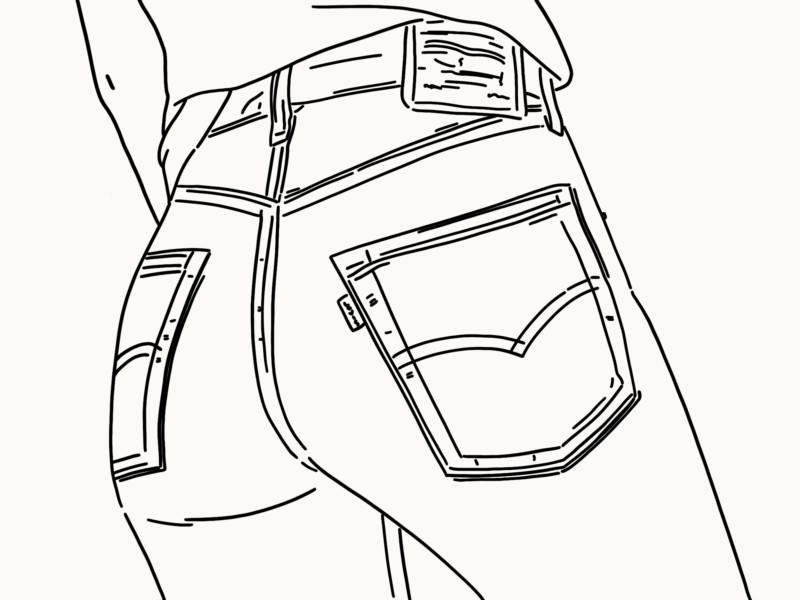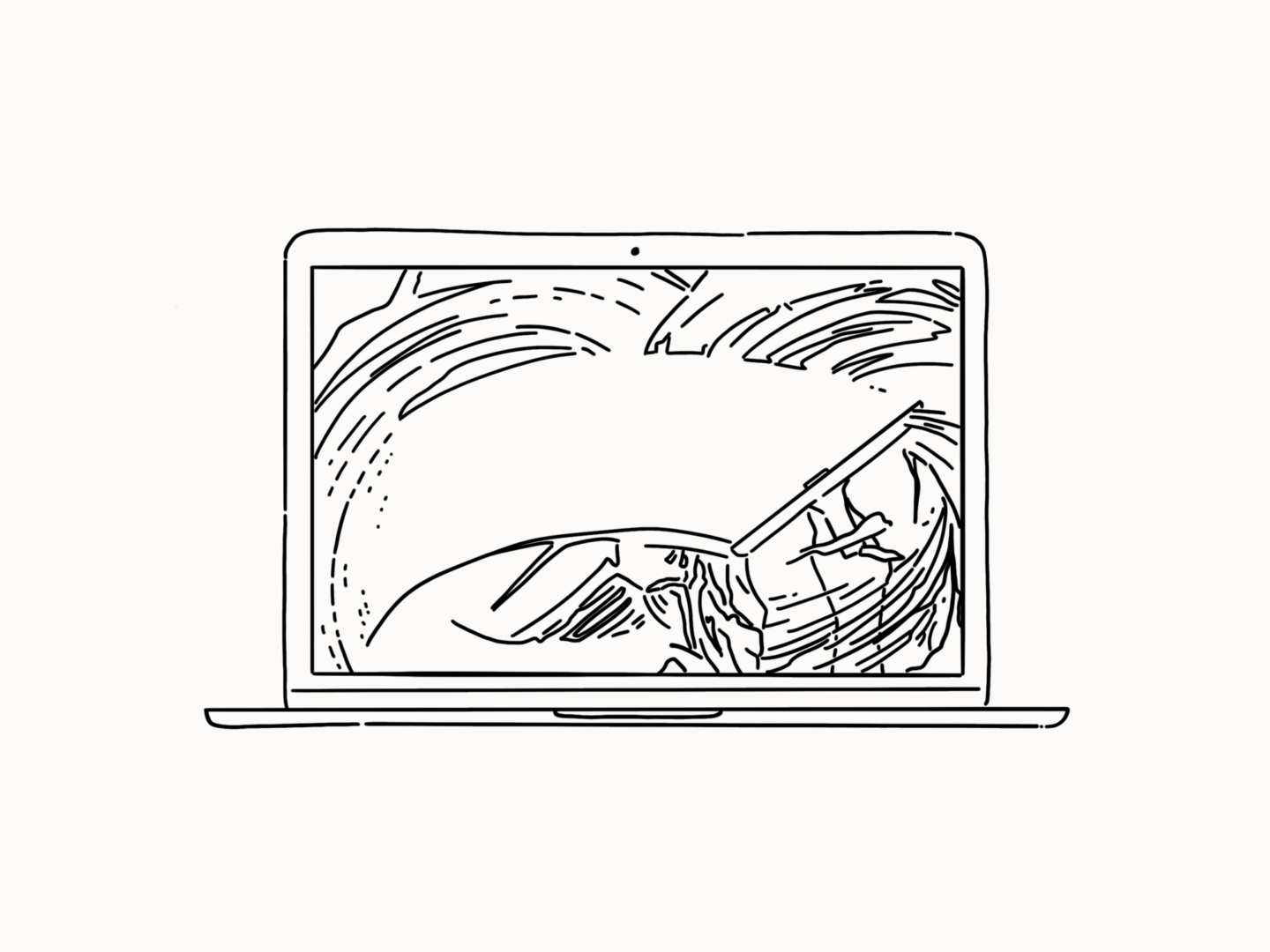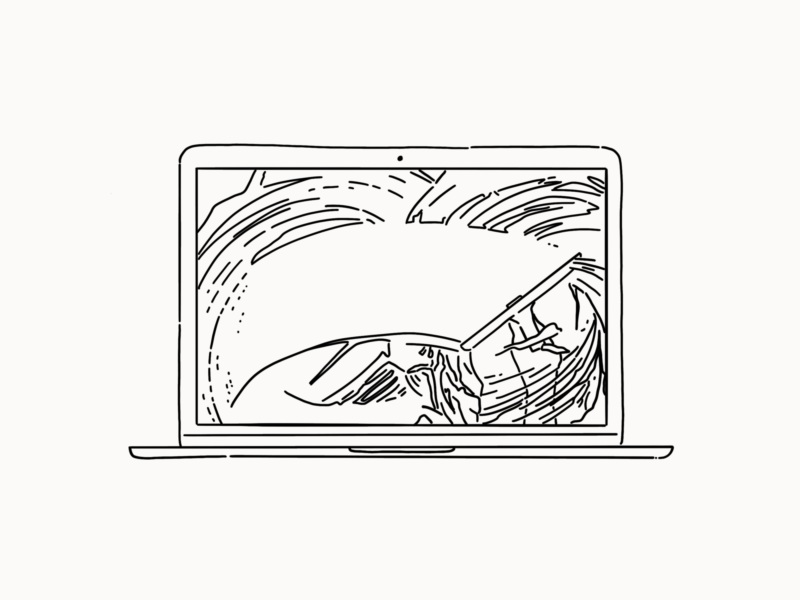We’re at the close of yet another month. We’re moving into September, which means we’re moving into my favourite time of the year: back to school season. Yes, I am a massive nerd. But there’s always been something so exciting about the start of a new school year, that has stuck with me years after leaving. Just bring me a new pencil case and a planner and I’m yours.
But before we get there, here are some of the links I’ve been loving throughout the month of August.
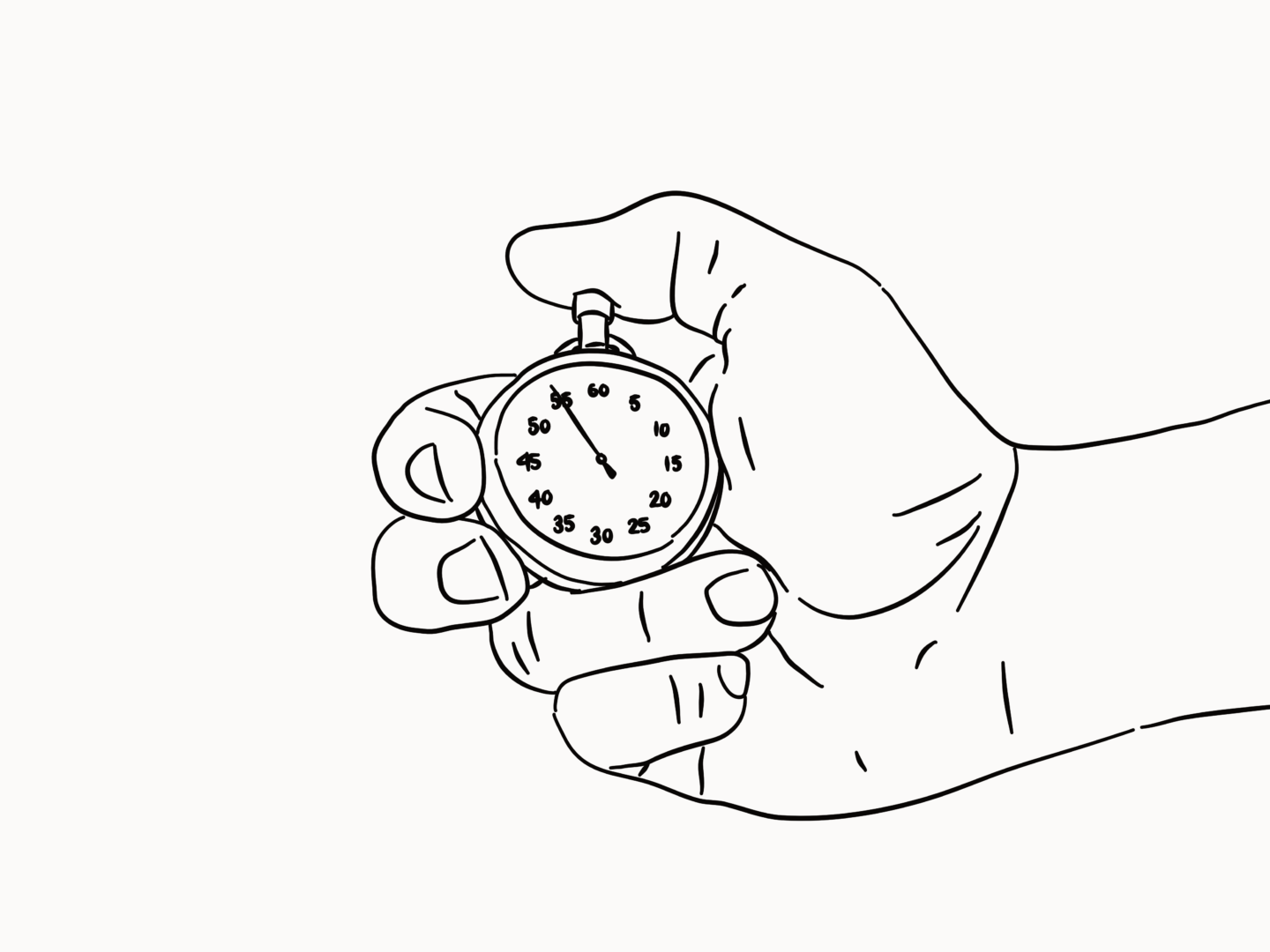
SHORT READS, IF YOU’VE ONLY GOT A FEW MINUTES:
Mentors: Ruth Beatty
As a part of The North Face’s #SheMovesMountains campaign, senior designer Ruth Beatty offers some mentorship. She dives deep into gender, creativity, empathy, and fear. Rather than a weakness, Beatty says, “Vulnerability is exciting”. It’s the perfect Sunday viewing if you’re in need of a gentle pep talk.
‘Color Problems’: Rediscovering a Forgotten Female Pioneer of Color Theory
You know I’m all about showcasing the women who have shaped design as we know it so when I came across this piece on Medium I knew I had to share it with you all. A publisher and a record label have teamed up to reissue a visionary work by 20th-century artist and scholar Emily Noyes Vanderpoel.
Reebok debuts a shape-shifting, NASA-inspired sports bra
A Reebok designer has taken inspiration from NASA because when it comes to material design go cosmic or go home, and created a new fabric that stiffens when you’re moving and relaxes when you’re still. No more feeling suffocated by your bra.
6 Rules of Great Storytelling (As Told by Pixar)
Pixar is arguably one of the greatest storytellers of our generation. So Brian Peters has broken down the 6 reasons they’re so damn good at it and turned them into guides you can use to be damn good too.
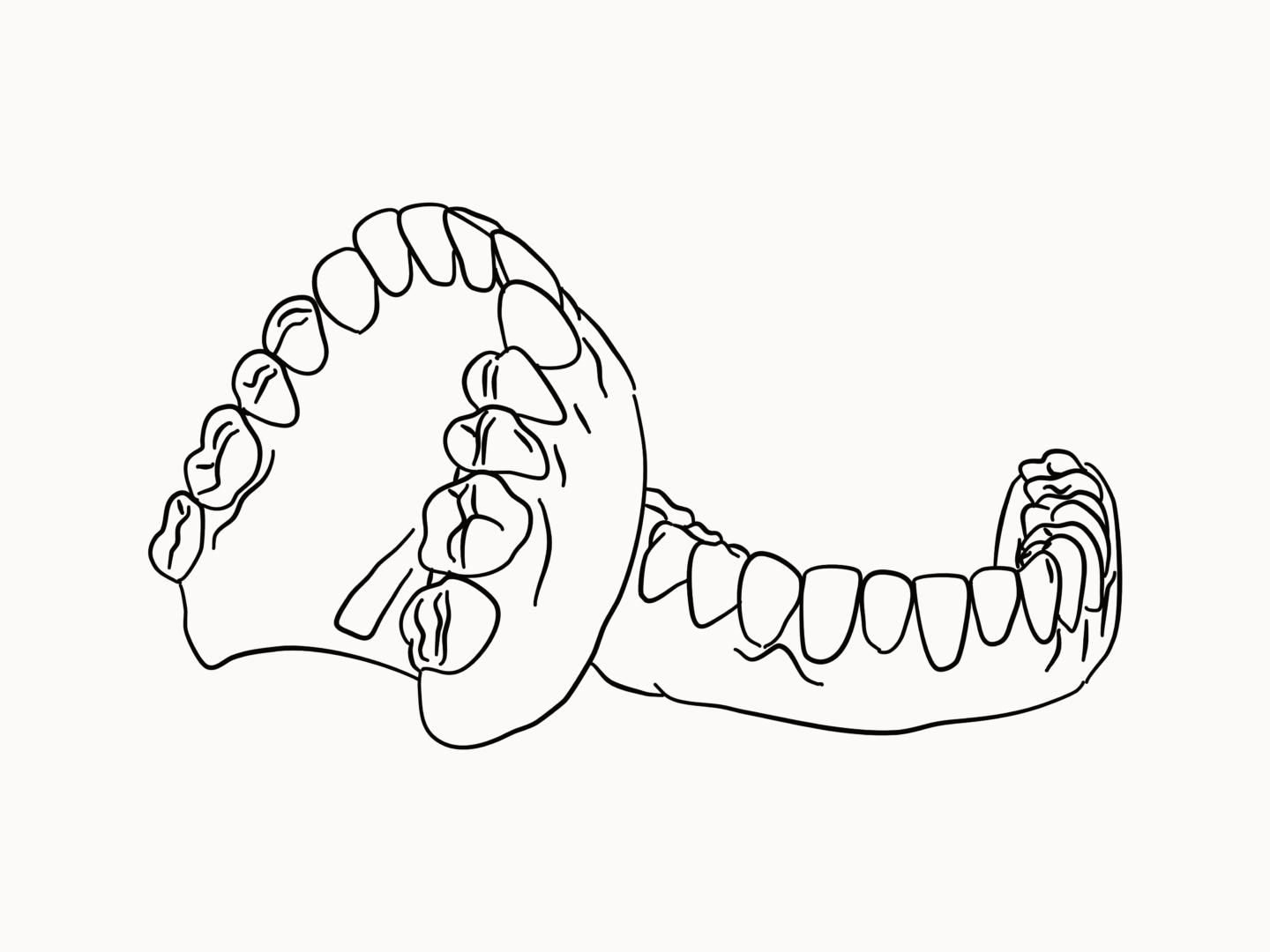
LONG READS, IF YOU WANT SOMETHING TO GET YOUR TEETH STUCK INTO:
‘My brain feels like it’s been punched’: the intolerable rise of perfectionism
We often talk about perfectionism like an inconvenient asset, but the pursuit of perfection, taken to extremes, can lead to OCD and depression – and the number of students reporting the problem has jumped by 33% since 1989. This Guardian article considers the dark side of perfectionism.
Luck Is a Long String of YES’s
Jocelyn K Glei explains how luck and hard work are not mutually exclusive. In fact, the success of almost any endeavour depends on both, which is what happened in her case. Or, as that old Seneca quote goes: “Luck is what happens when preparation meets opportunity.”
Embracing Britishness: musings on biscuit lettering culture
Elena Veguillas muses on how she started to embrace “Britishness” via the medium of our nation’s obsession with biscuits. As Elena is a typographer, her learning to love biscuits, of course, had to include a fascinating exploration of the lettering used to adorn our “small baked unleavened cake[s]”.
Illuminated Manuscripts Brought Medieval Art out of the Dark Ages
Artsy’s Jonathan McAloon discusses the thinking behind one of my favourite historical art sources, the illuminations in Medieval manuscripts – seriously check out how they drew cats.
The British Heat Wave and Aerial Archeology
As you may have heard, it’s been hot this summer in the UK. “The freak conditions have made this summer one of the best in living memory for what archaeologists call “parch marks”—ghostly, pale outlines of vanished castles, settlements, and burial sites that materialize on the land when it dries out and grass and crops die off.” So get prepared to learn about the ghostly outlines of “Iron Age farms in South Wales, a Roman road passing near Basingstoke, burial mounds in Ireland, and the outline of Second World War bomb shelters on the lawns of Cambridge” I promise they’re seriously cool.
How to Crit
Art and design tutor Mitch Goldstein has set up How to Crit after a tweet thread about how to give and receive criticism in the arts took off. “Rather than letting this information get lost in the ephemera of social media, [he] created this site to act as a resource for art and design students (and their teachers).” It’s honestly such a useful, and thorough, resource for anyone, even if you’re not in the arts because we all give/receive feedback at some point.
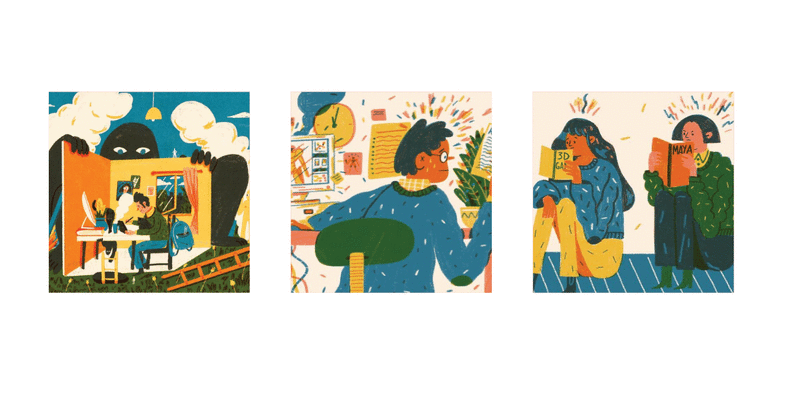
WHO TO FOLLOW, IF YOU WANT TO SPRUCE UP YOUR INSTAGRAM FEED:
@sonnyrossillustration
This month, I came home to an exciting package full of swag from Sonny Ross which I’d picked up in his studio clear out. We’re talking postcards, prints, zines, originals, and all of it was magical. I love how whimsical his work can be. I’m also really into the super tactile textures he uses.
@haleytippmann
In a rare and wonderful moment this week Instagram explore actually recommended some an artist I now love. Haley Tippmann’s characters are just wonderful. She plays with perspective and proportions in a way that accentuates personality and movement but doesn’t ever feel out of place. Plus she toes that line between sketchy and well put together so so so well. Can you tell I’m a new fan?
@_marianeves_
In these days of dark politics and almost biblical wildfires, I feel like we all need something a little light-hearted to keep our spirits up and that’s exactly what Maria Neves children’s book like illustration offer. They’re fun and lovely and filled with animal goodness.

